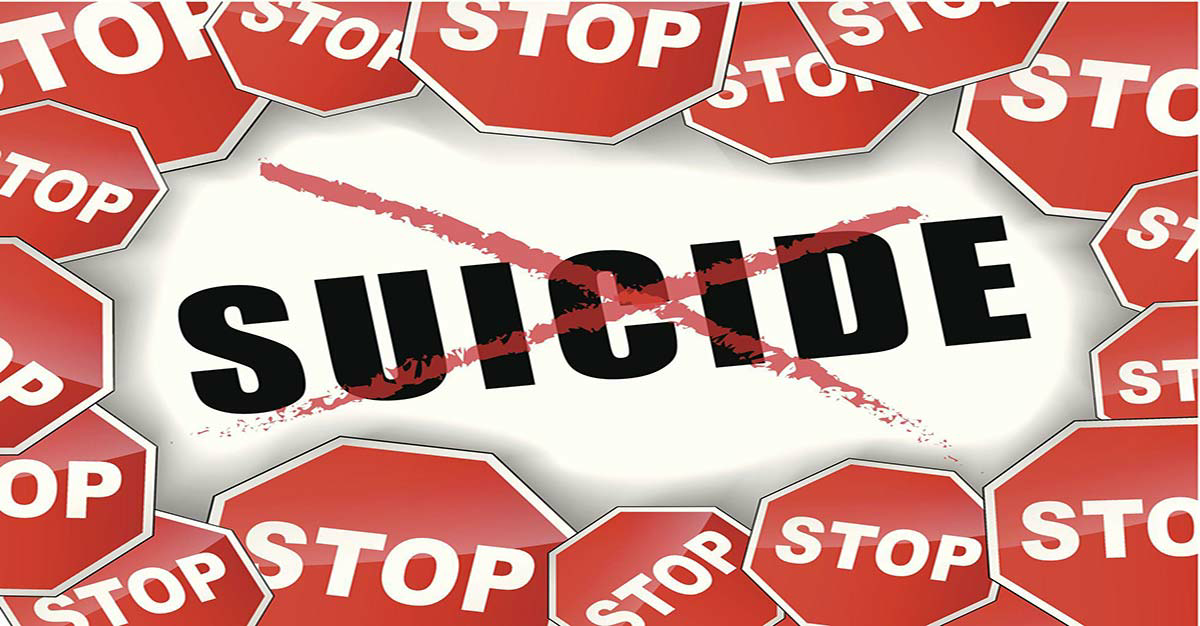Dealing with suicide is an immensely challenging and sensitive issue that requires a compassionate and informed approach. Whether you're trying to help someone who may be at risk of suicide or coping with suicidal thoughts yourself, there are essential ways to address this situation. Below, we will explore up to 15 critical ways to deal with suicide, offering comprehensive guidance and support for those in need. 1. Seek Professional Help: One of the most pivotal steps in addressing suicide is to promptly involve mental health professionals. Their expertise is crucial in assessing the situation and providing appropriate treatment and support tailored to the individual's needs. 2. Foster Open Communication: Creating a safe and non-judgmental environment for the person at risk is paramount. Engage in open and empathetic conversations, allowing them to express their feelings and thoughts without interruption or criticism. Sometimes, individuals simply need someone who will listen and validate their emotions. 3. Recognize the Warning Signs: Empower yourself with knowledge about the warning signs of suicide. These may include overt references to suicide, social withdrawal, giving away possessions, or sudden shifts in mood, particularly a sudden improvement that could signal a decision to end their life. Being aware of these signs can help you identify when someone is at risk. 4. Remove Immediate Means: If you believe someone is at immediate risk, take steps to remove any potentially lethal items from their vicinity. This includes firearms, medications, or any other means they might use to harm themselves. This precaution can significantly reduce the likelihood of impulsive actions. 5. Maintain a Supportive Connection: Staying connected with the person at risk is vital. Isolation can worsen suicidal thoughts, so make a conscious effort to reach out and spend time with them whenever possible. Social support can serve as a protective factor in their journey towards recovery. 6. Encourage Professional Assessments: Encourage the individual to undergo a comprehensive mental health assessment. Mental health professionals can help identify any underlying mental health conditions and formulate a treatment plan tailored to their specific needs. 7. Develop a Safety Plan: Collaborate with a mental health professional to create a safety plan. This plan should encompass strategies to manage suicidal thoughts and crisis situations effectively. It provides a structured approach to coping during challenging moments. 8. Promote Self-Care: Advocate for self-care practices that promote mental well-being. Encourage the person to prioritize regular exercise, maintain a balanced diet, ensure adequate sleep, and explore relaxation techniques like mindfulness or meditation. These practices contribute to emotional resilience. 9. Leverage Support Networks: Engage friends and family members in providing emotional support to the individual at risk. Share your concerns with trusted individuals who can offer assistance, understanding, and an additional layer of support. 10. Be Prepared to Act: In cases of immediate danger or acute crisis, never hesitate to call emergency services (such as 911 in the United States or the equivalent emergency number in your country). Swift action in such situations can be life-saving. 11. Encourage Counseling and Therapy: Suggest professional counseling or therapy sessions as an ongoing means of support. Therapy can provide individuals with a safe and confidential space to explore their emotions, learn coping strategies, and work towards recovery. 12. Educate Yourself: Take the initiative to educate yourself further about suicide, mental health disorders, and the available resources. Understanding the complexities of these issues can enable you to provide more informed support. 13. Promote Positive Coping Mechanisms: Encourage the development and use of positive coping mechanisms to manage stress and emotional challenges. This might include engaging in creative activities, practicing relaxation techniques, or pursuing hobbies they enjoy. 14. Foster a Non-Judgmental Environment: Reiterate the importance of a non-judgmental and accepting environment where the person feels safe sharing their struggles and emotions. Offer reassurance that seeking help is a sign of strength, not weakness. 15. Advocate for Continued Care: Emphasize the significance of ongoing care and support. Recovery from suicidal thoughts and mental health challenges is a process, and it often requires sustained effort. Encourage the individual to remain engaged in therapy, support groups, and self-care practices. Dealing with suicide is an intricate and emotionally demanding journey. It is crucial to remember that you don't have to go through it alone. Seek guidance from mental health professionals, support from friends and family, and access to crisis hotlines. Remember that there is hope, and with the right support and treatment, people can recover from even the most challenging situations.
